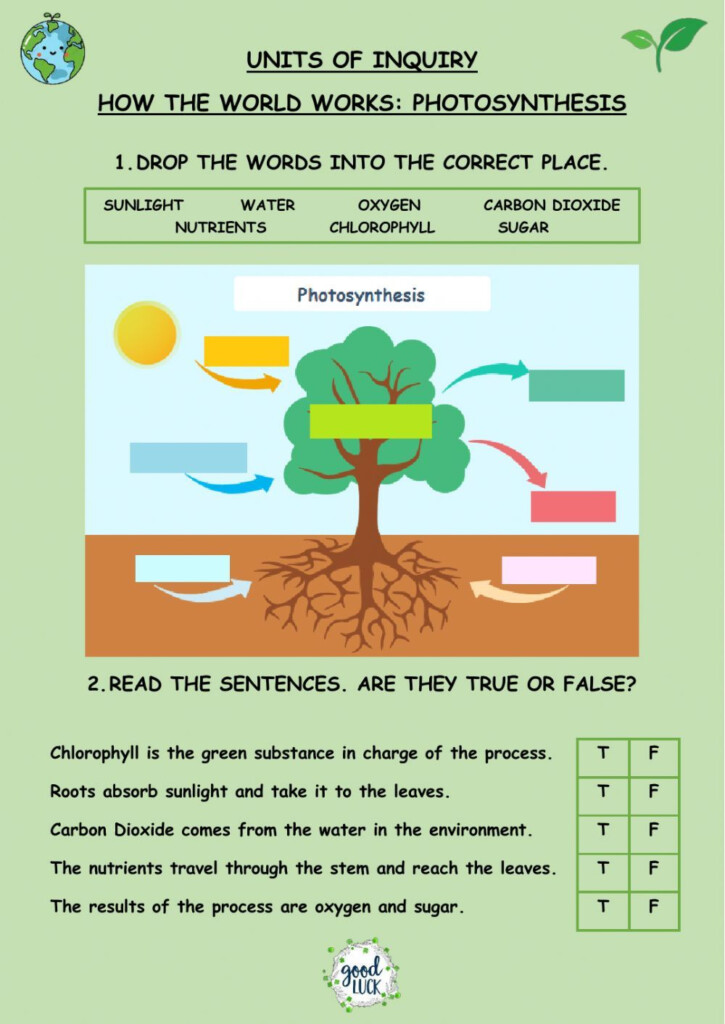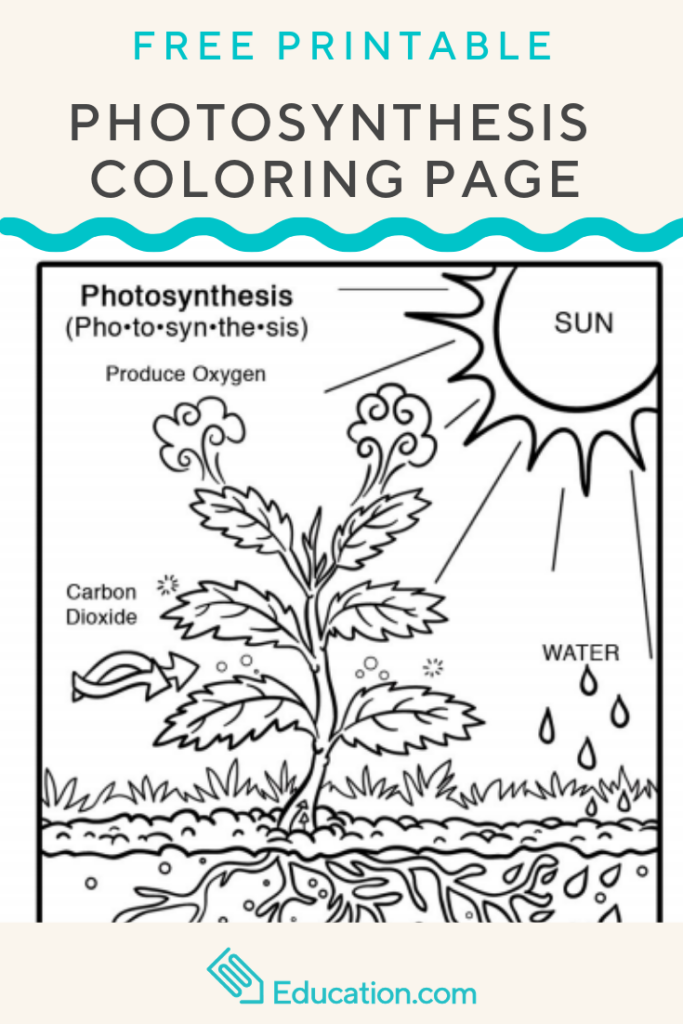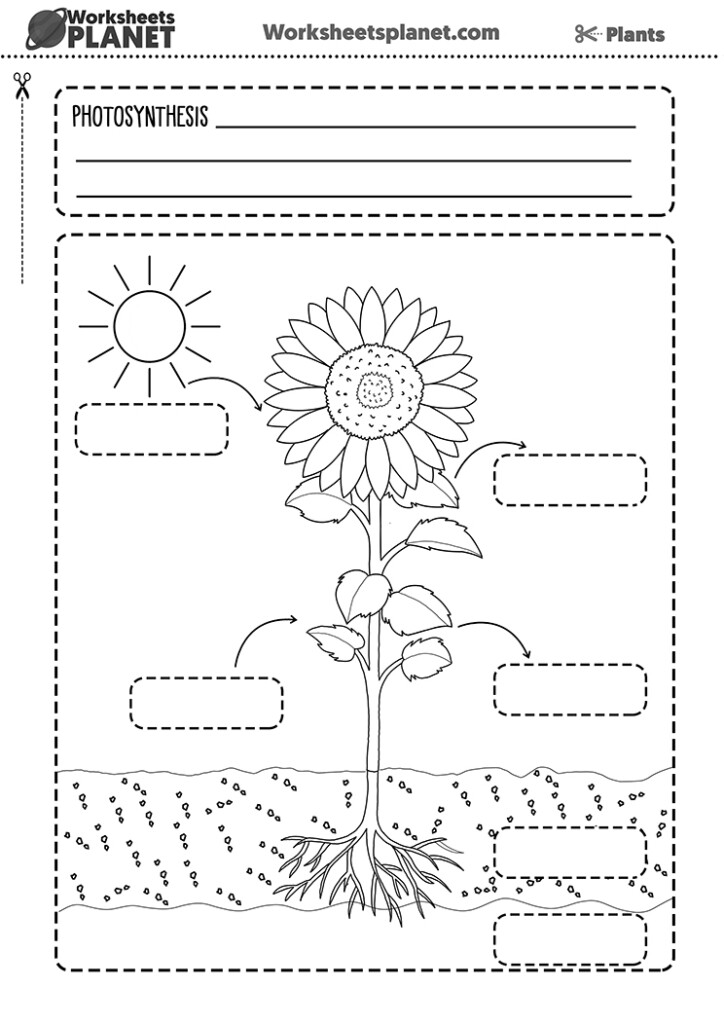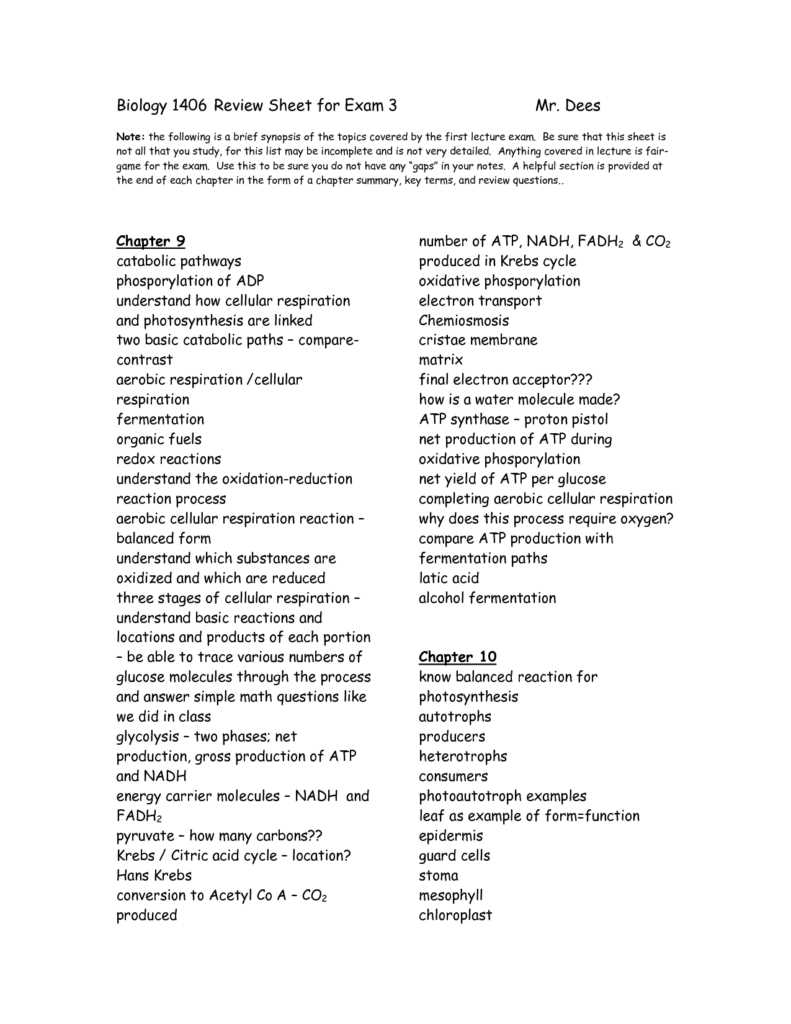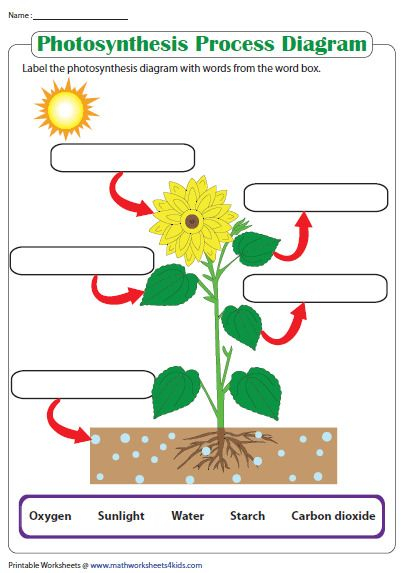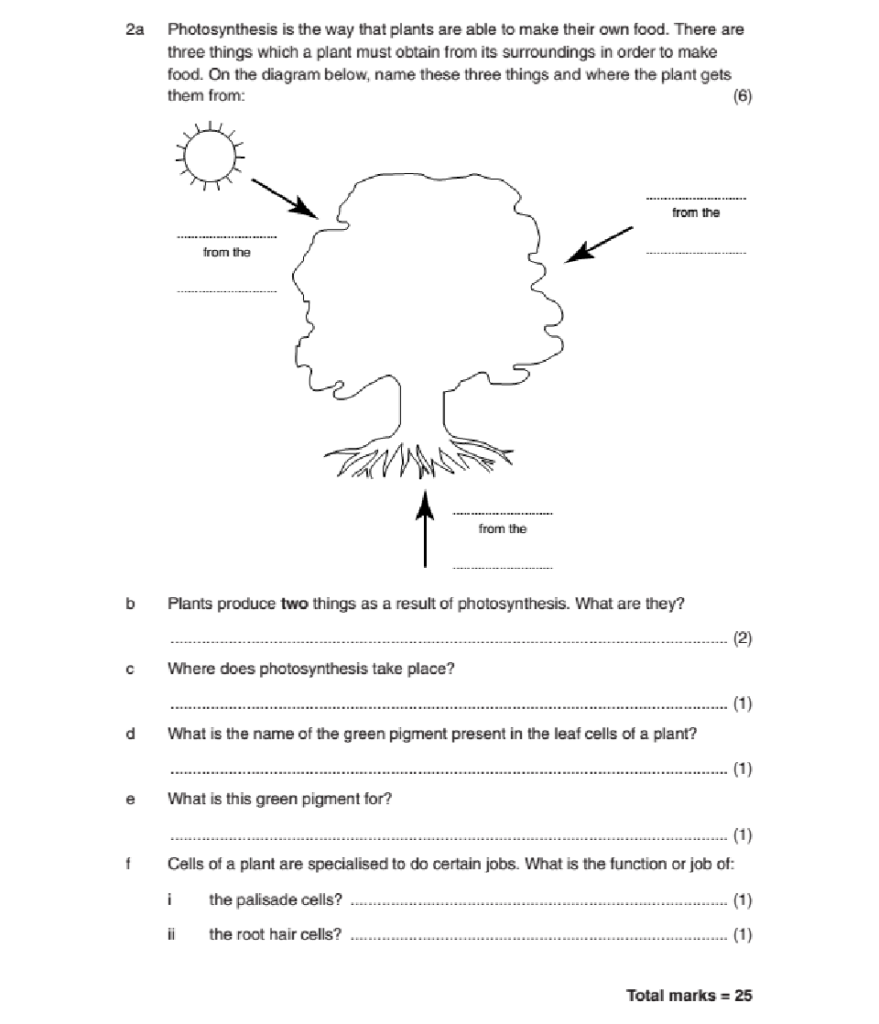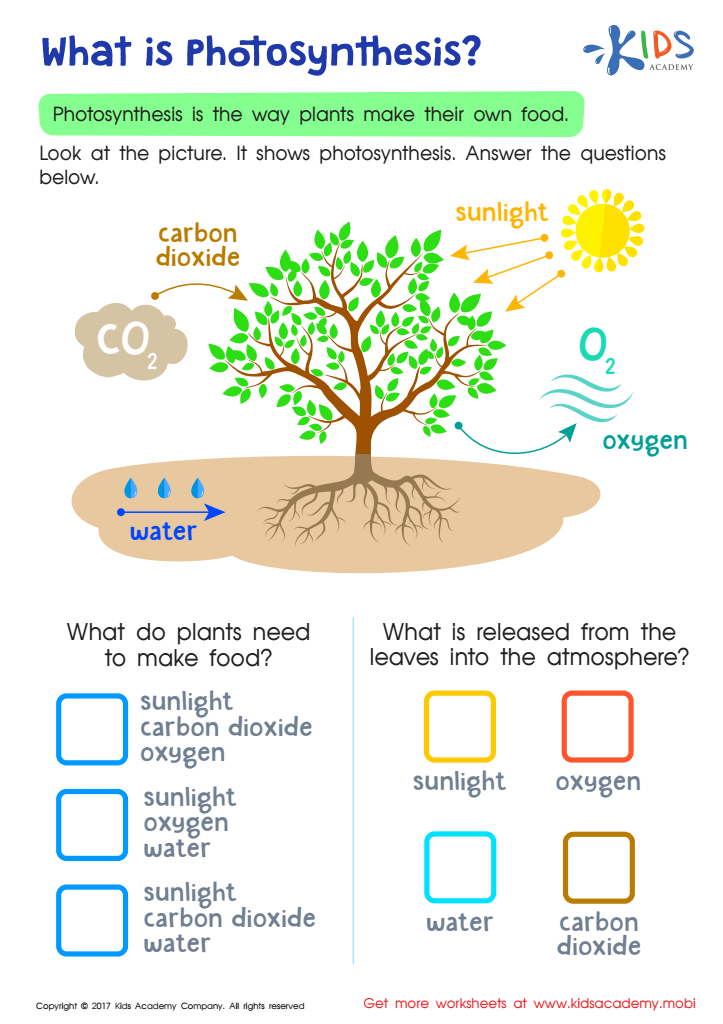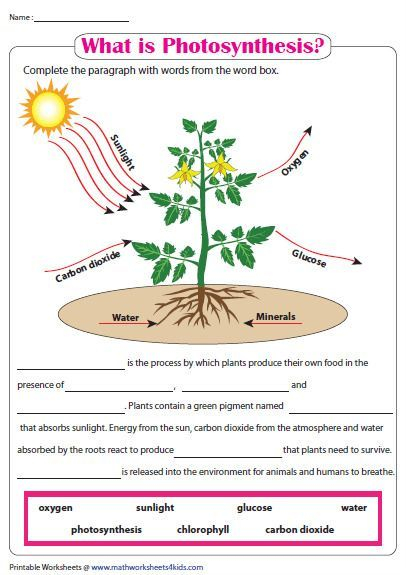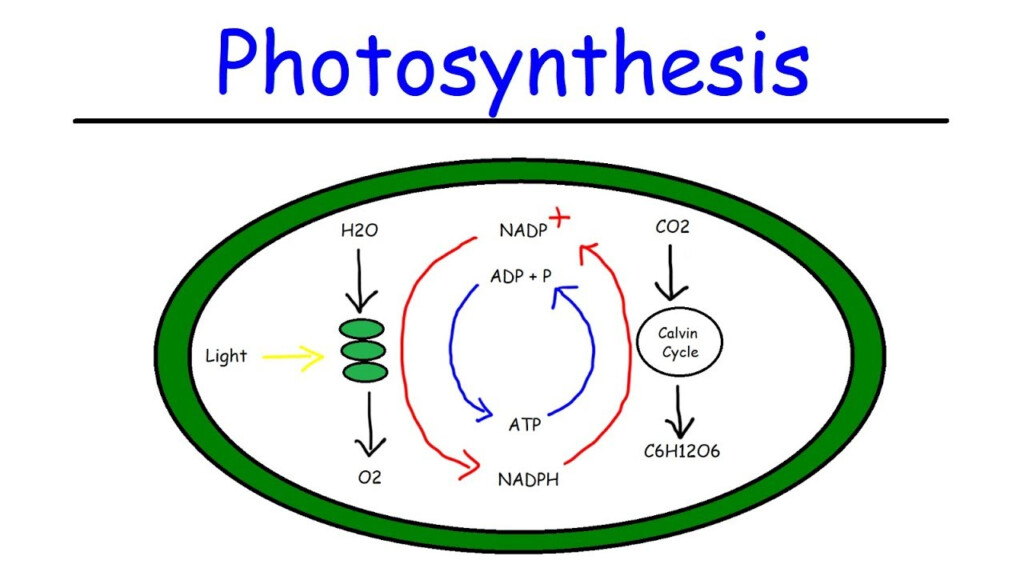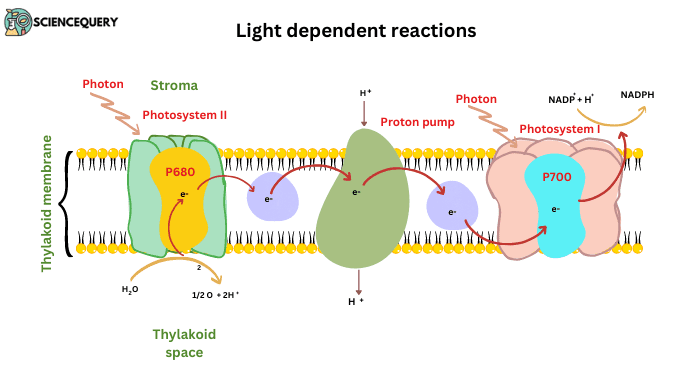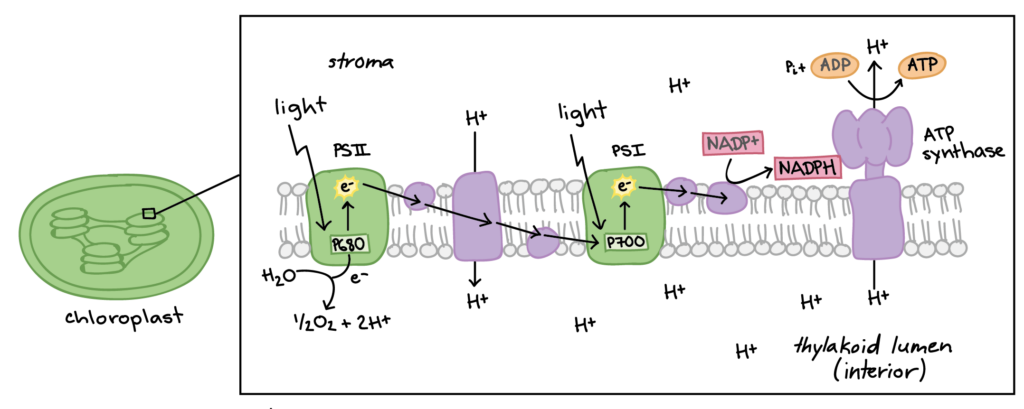Process diagrams and activities about photosynthesis can significantly enhance your understanding of this vital biological function. By exploring the stages of photosynthesis, you will uncover how plants convert sunlight into energy, which is imperative for life on Earth. These worksheets are designed to help you grasp the importance of chlorophyll and the pivotal roles of carbon dioxide and water in this transformative process. With this knowledge, you can appreciate how photosynthesis not only sustains plant life but also contributes to the air you breathe and the energy you consume.
Key Takeaways:
- Definition: Photosynthesis is the biochemical process by which plants, algae, and certain bacteria convert light energy into chemical energy, specifically glucose, using carbon dioxide and water.
- Importance: This process is necessary for producing oxygen and organic compounds that form the base of the food chain, supporting life on Earth.
- Stages: Photosynthesis occurs in two main stages: the light-dependent reactions, which capture energy from sunlight, and the Calvin cycle, which synthesizes glucose from carbon dioxide.
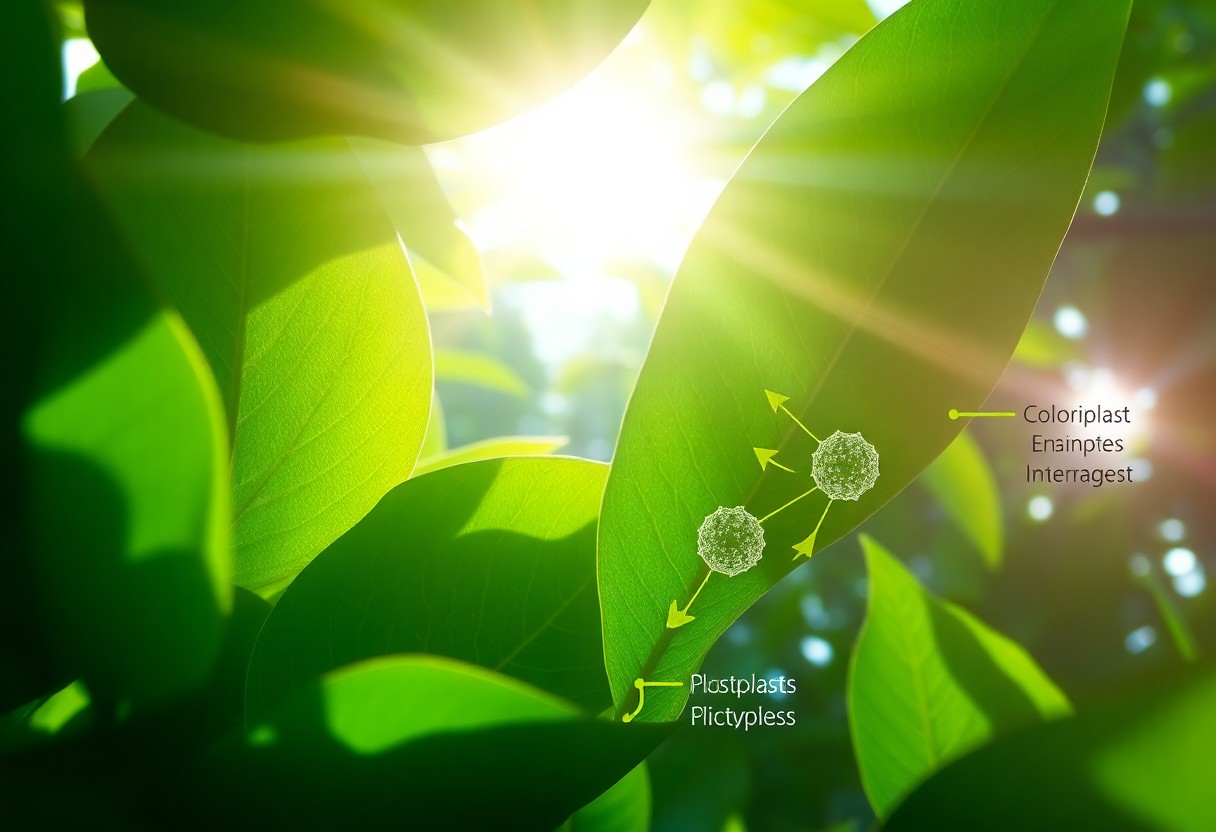
Photosynthesis Worksheets
Overview of Photosynthesis
For anyone looking to deepen their understanding of photosynthesis, Photosynthesis Worksheets can serve as a valuable resource. This imperative biological process allows plants to convert light energy into chemical energy, primarily using sunlight, carbon dioxide, and water. Through a series of complex reactions occurring primarily in the chloroplasts, plants produce glucose and oxygen, which are fundamental to life on Earth. By engaging with worksheets dedicated to this process, you can explore topics like the light-dependent and light-independent reactions, enriching your knowledge of how energy is transferred within ecosystems.
Before immersing yourself in the various facets of photosynthesis, it’s beneficial to grasp its overall mechanics. Photosynthesis not only sustains plant life but also plays a pivotal role in maintaining atmospheric balance by absorbing carbon dioxide and releasing oxygen. Delving into the worksheets available to you will allow for interactive learning, helping you visualize and understand these scientific concepts more effectively.
Importance of Worksheets in Learning
Against the backdrop of conventional teaching methods, worksheets provide a unique opportunity for hands-on learning that enhances your cognitive engagement. They offer structured approaches to complex topics such as photosynthesis, encouraging you to apply what you’ve learned through exercises and quizzes. Using worksheets allows you to break down the process into digestible parts and reinforces retention through practice, which is critical for mastery in science education.
The advantages of worksheets extend beyond mere repetition; they actively promote critical thinking and problem-solving skills. By challenging you to answer questions based on your understanding of photosynthesis, these tools can identify gaps in your knowledge and help clarify misconceptions. More than just a means of assessment, worksheets can also motivate you to engage with the content, making the learning experience more enriching and dynamic. Engaging consistently with Photosynthesis Worksheets can empower you to navigate complex scientific ideas with confidence and competence.
Photosynthesis Diagram Worksheets
Visual Representation of the Process
Any high-quality photosynthesis diagram worksheet serves to enhance your understanding of this vital biological process. These diagrams effectively illustrate the relationship between carbon dioxide, water, sunlight, and the production of glucose and oxygen. By breaking down the complex interactions and sequences involved, you gain a clear visual representation that reinforces the concepts learned through text. Observing how light energy converts into chemical energy not only aids your comprehension but also stimulates your interest in the intricate workings of plants.
Labeling Activities
At this point in your learning, engaging in labeling activities can significantly reinforce your grasp of photosynthesis. These activities require you to identify and label key components of the photosynthesis diagram, such as chloroplasts, thylakoids, and the reactants and products involved. By actively participating in these exercises, you not only solidify your understanding but also enhance your ability to recall the various elements that play a role in this crucial process.
After completing the visual representation exercises, you may find that labeling activities provide a hands-on way to interact with the material. With each label you place on the diagram, you form a deeper connection with the intricacies of photosynthesis. Your ability to pinpoint the roles of chlorophyll in light absorption and the function of the stomata in gas exchange can be greatly improved through these practical exercises. They will solidify your knowledge and boost your confidence in discussing photosynthesis, allowing you to grasp both the theoretical and practical aspects of this crucial process in the plant kingdom.
Photosynthesis Quiz Worksheets
Assessment of Knowledge
For educators and students alike, utilizing Photosynthesis Quiz Worksheets serves as an effective tool for assessing knowledge on this vital biological process. These worksheets are designed to evaluate your understanding of not only the basics of photosynthesis but also the intricate details of light-dependent and light-independent reactions. By answering targeted questions, you can identify areas where your comprehension is strong and others that may require further study, ensuring that your grasp of photosynthesis is both deep and accurate.
Across various educational levels, quizzes can be tailored to meet specific curriculum standards and accommodate different learning styles. Incorporating a diverse range of question types—from multiple-choice to short answer—these worksheets engage you actively with the content. This engagement is imperative, as it helps solidify your understanding of terms, processes, and the importance of photosynthesis in ecosystems.
Interactive Quiz Formats
After establishing a foundation of knowledge, the next step is to examine into interactive quiz formats that enhance your learning experience. These formats transform traditional worksheets into dynamic learning activities. Using online platforms, you can participate in quizzes that include immediate feedback, allowing you to adjust your approach and understanding in real time. This instantaneous insight can be a powerful motivator and helps you to visualize your progress in mastering the concepts of photosynthesis.
Understanding the benefits of interactive formats can significantly amplify your learning. By leveraging technology, you can access multimedia resources that reinforce key concepts, such as videos and animations that illustrate the photosynthetic process. These interactive quizzes not only make the learning process more engaging but also improve information retention. Coupling this engaging approach with traditional study methods ensures you build a robust knowledge base, enabling you to articulate the vital role photosynthesis plays in sustaining life on Earth.
Light-dependent Reactions Worksheets
All living organisms rely on the process of photosynthesis for energy, and understanding light-dependent reactions is vital to grasp the overall mechanism. These reactions occur in the thylakoid membranes of chloroplasts and play a vital role in converting solar energy into chemical energy. In your exploration of this topic, you may find resources like the Photosynthesis- Cellular Respiration Worksheet.pdf useful for breaking down complex information into manageable concepts.
Key Concepts and Processes
Above all, light-dependent reactions serve as the first phase of photosynthesis, whereby sunlight is captured and converted into ATP and NADPH. These products are then used in the subsequent light-independent reactions to synthesize glucose. Understanding how light energy drives the movement of electrons through the electron transport chain is key to visualizing how the energy conversion happens. As you work through relevant worksheets, consider how water molecules are split to release oxygen, one of the byproducts of this vital process.
Activities and Questions
Reactions you encounter in worksheets often include a variety of interactive activities and probing questions designed to deepen your understanding. Each worksheet typically has diagrams to label, multiple-choice questions, and short answer prompts that guide you in exploring the intricate steps of the light-dependent reactions. Engaging with these materials actively will enhance your comprehension of how energy transitions occur within plants.
To enrich your understanding, consider performing experiments related to light-dependent reactions, such as measuring the rate of photosynthesis under different light intensities. Engaging in hands-on activities allows you to see the impact of light on the process, illustrating the importance of light energy in forming ATP and NADPH. As you navigate these experiments and worksheets, pay attention to how your observations confirm the interconnectedness of the biological processes involved in sustaining life on Earth.
Light-independent Reactions Worksheets
Now, if you’re delving into the area of light-independent reactions, or the Calvin Cycle, you’re launching on an imperative part of the photosynthesis process. This cycle occurs in the stroma of chloroplasts and plays a vital role in converting carbon dioxide and other compounds into glucose. Understanding this process is important because it highlights the significance of light-independent reactions in sustaining life on Earth, as they ultimately provide energy for nearly all living organisms. Worksheets on this topic can help you visualize and comprehend the intricate biochemical reactions that occur during this cycle.
Overview of the Calvin Cycle
Along with understanding the various phases of the Calvin Cycle, it’s imperative to grasp how these phases interact. This cycle consists of three main stages: carbon fixation, reduction, and regeneration. In the first phase, carbon dioxide is captured and fixed into a stable intermediate. The resulting products are then reduced into glyceraldehyde-3-phosphate (G3P) in the second stage; this transformation requires energy provided by ATP and NADPH. Finally, the cycle regenerates ribulose bisphosphate (RuBP), enabling the continuation of the process. By using worksheets, you can explore these stages in detail, allowing you to connect each phase to its broader role in the process of photosynthesis.
Worksheets and Exercises
Beside theoretical knowledge, practical exercises can enhance your comprehension of the Calvin Cycle. Worksheets can include diagrams for labeling, multiple-choice questions that test your understanding, and problem-solving scenarios where you apply concepts to real-life situations. Engaging with these worksheets allows you to solidify your grasp of key concepts, such as the significance of ATP and NADPH and their roles in driving forward the reactions in the cycle. You might also explore quiz questions that involve drawing connections between light-dependent and light-independent reactions.
At the same time, the worksheets and exercises can provide you with feedback on your understanding and areas that may need further review. Incorporating these activities not only makes learning interactive but also reinforces your comprehension of the processes involved in photosynthesis. By completing the structured problems and relating them back to the real-world examples of how plants utilize light-independent reactions to sustain growth, you foster a deeper appreciation for this natural phenomenon and its fundamental importance to life.
Plant Biology Worksheets
Despite the complexity of plant biology, understanding the fundamental processes like photosynthesis can significantly enhance your knowledge of how plants function and thrive. Worksheets focused on plant biology can guide you through the relationships between various plant systems, offering insights into how these systems depend on photosynthesis for energy and growth. By engaging with these worksheets, you can explore not only the mechanics of photosynthesis but also how it directly impacts plant health, nutrient absorption, and overall productivity.
Relationship Between Photosynthesis and Plant Health
With a solid grasp of how photosynthesis operates, you’ll find it easier to comprehend its necessary role in maintaining plant health. The process of converting sunlight into energy is vital for the growth and sustainability of plants. If anything disrupts this photosynthetic process—such as insufficient light, poor soil conditions, or disease—your plants could exhibit symptoms of stress or decline. The health of your plants is closely tied to how effectively they can perform photosynthesis, which in turn affects their vitality, resilience to disease, and capacity to produce flowers or fruit.
Exploring Plant Structures
Above all, understanding the various structures within plants can enrich your comprehension of how photosynthesis occurs. Each component, from leaves to stems and roots, plays a specific role in facilitating the conversion of sunlight into energy. For example, leaves contain chlorophyll, the pigment responsible for capturing sunlight, while roots are necessary for water and nutrient uptake. When you study these structures through targeted worksheets, you will gain clarity on how these elements interact within photosynthesis, enhancing your appreciation for the intricate design of plant biology.
This exploration reveals that the leaf structure is specialized to maximize light absorption, thanks to its large surface area and chlorophyll-rich cells. The stomata, tiny openings on leaves, further regulate gas exchange, ensuring that plants absorb carbon dioxide and release oxygen efficiently. Understanding these aspects is significant for any gardener or botanist, as these structures directly influence the photosynthetic capacity of the plant, impacting its growth and overall health in your garden or research project.
Summing up
Taking this into account, engaging with Photosynthesis Worksheets provides you with a deeper understanding of the crucial process that sustains life on Earth. By examining the structure and function of chloroplasts, the role of sunlight, and the conversion of carbon dioxide and water into glucose and oxygen, you enhance your appreciation for how plants contribute to the environment. The worksheets serve as a practical tool to reinforce your learning, allowing you to visualize complex concepts and relate them to real-life scenarios, thus solidifying your grasp of the material.
Moreover, using these worksheets facilitates your ability to apply theoretical knowledge to practical observations. As you explore various aspects of photosynthesis, including the light-dependent and light-independent reactions, you foster a comprehensive perspective that extends beyond mere memorization. This understanding can empower you to participate in discussions about ecological balance, sustainability, and the significance of plant life in the broader context of our ecosystem, enriching your educational experience.
FAQ
Q: What is the purpose of using photosynthesis worksheets in education?
A: Photosynthesis worksheets are designed to help students understand the complex process of photosynthesis in a structured way. They often include diagrams, questions, and activities that reinforce learning objectives, making it easier for students to grasp concepts such as the role of sunlight, water, and carbon dioxide in plant growth.
Q: What key concepts are typically covered in photosynthesis worksheets?
A: Common topics addressed in photosynthesis worksheets include the overall equation of photosynthesis, the roles of chlorophyll and chloroplasts, the light-dependent and light-independent reactions, and factors affecting the rate of photosynthesis. These worksheets may also include fill-in-the-blank sections, matching exercises, and diagrams to label.
Q: How can photosynthesis worksheets assist in different learning styles?
A: Photosynthesis worksheets can cater to various learning styles by incorporating visual, auditory, and kinesthetic elements. Visual learners benefit from diagrams and illustrations, auditory learners may engage with the material through discussions or group activities, and kinesthetic learners can explore hands-on experiments related to photosynthesis, such as observing plant growth under different light conditions.
Q: Are there different types of photosynthesis worksheets available for various educational levels?
A: Yes, photosynthesis worksheets are available for multiple educational levels, from elementary to high school. Each level presents the information in an age-appropriate manner, with basic concepts for younger students and more complex theories and equations for older students, allowing for a gradual build-up of knowledge.
Q: How can teachers effectively integrate photosynthesis worksheets into their lesson plans?
A: Teachers can integrate photosynthesis worksheets into their lesson plans by using them as supplementary material during a unit on plants or ecology. They can introduce the topic with a lecture, then use the worksheets for guided practice, group work, or independent study. Additionally, reviewing worksheet answers as a class can help reinforce the material and clarify any misunderstandings.
